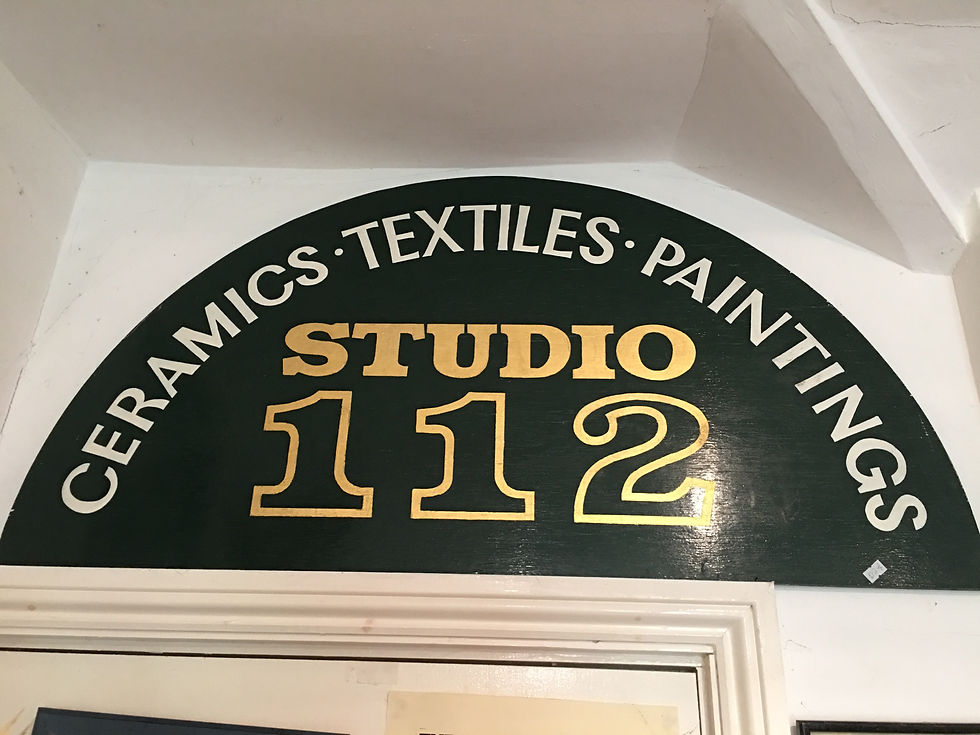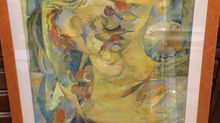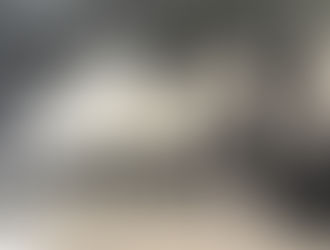Tribute from Patrick Dillon
- matthewhoggett
- Sep 26, 2017
- 3 min read

Seventeen years ago, I took some time out from a conference I was attending in Cheltenham, and walked into Studio 112. It was one of the venues in the town’s art week. There I encountered a remarkable collection of paintings. Lying on a table was the master copy of a book, a work in progress, with photos of the art work.
The text was beautifully written, in a hand that was to become as distinctive to me as its author, the man who now emerged through a door, nibbling a cheese sandwich. We sat down together at the table and talked. We talked as if we had known each other all our lives. 45 minutes passed in what seemed no time at all. As I had to get back to the conference, I said to Chris if he ever published the book I would like a copy. Borrow this one he said. Take it away and read it. I can’t do that I protested. It’s unique, the only copy, and you met me just an hour ago. I know you well enough, he said, and handed me the book. This was typical of the trust, generosity and intuition of Chris Hoggett, the man who was to become a dear and much-loved friend.
I did take the book, and I returned it to him within the week. Our friendship grew, and we found ways of working together. In the talks we gave, we developed a sort of interview format. I asked a lead question, typically around one of Chris’s paintings. And off he would go. The raw honesty in how he described his life and work had a profound affect on his audiences.
An international conference in London comes especially to mind. It was an art therapy conference, of mainly young practitioners, some were students. At the end of most presentations, people clamber to have their say. When Chris had finished speaking there was a respectful silence. I looked around, and saw tears welling in the eyes of several of the audience, before someone broke the spell and asked a question. Talking with some of them afterwards, they said: it was if Chris was speaking to each and every one of them individually, taking them into his confidence, and sharing with them a life experience – inclusively, so that they were part of it.
I thought back to my first conversation with him, of how comfortable I felt talking with him, his gift of engaging with people, of somehow arriving at the heart of what really matters.
When his car was stolen, driven up on to the downs, and set fire to, he was incandescent with rage, or so he told me. That is, until he looked closely at the burnt-out car, when all sort of interesting shapes started to emerge from the scorched paintwork. His anger turned first to curiosity, then to excitement, as he returned again and again with camera in hand, until he had enough photographs for an exhibition.
Chris saw shapes in everything: clouds, trees, rocks, landforms, even buildings. There is a word for it that neither of us could remember how to pronounce: Pareidolia. Chris’s gift was not just in seeing the shape, but rather in working with the shape, and transforming it into something symbolic, often challengingly so.
Some people describe Chris’s paintings as abstract. For him they were always a representation of human experience, abstract only in the sense of being a distillation of truth. In other cultures, at other times, he would have been a visionary, a shaman, a philosopher.
His early career in draftsmanship and stage design, meant that he brought to his painting a sense of space and arrangement. They are full of content, but never cluttered or over worked.
And the book… The Joker… It’s like no other book: deeply personal, but at the same time engaging with themes that are universal. It reveals the soul of a man, and asks us to examine our own.
Each of us carry memories of Chris. They will enrich the stories we tell about our times with him. But his paintings have a forward life too: wherever they travel, whatever their destiny, each of them has enfolded within its fabric the essence of the man who made it, Chris Hoggett.











Comments